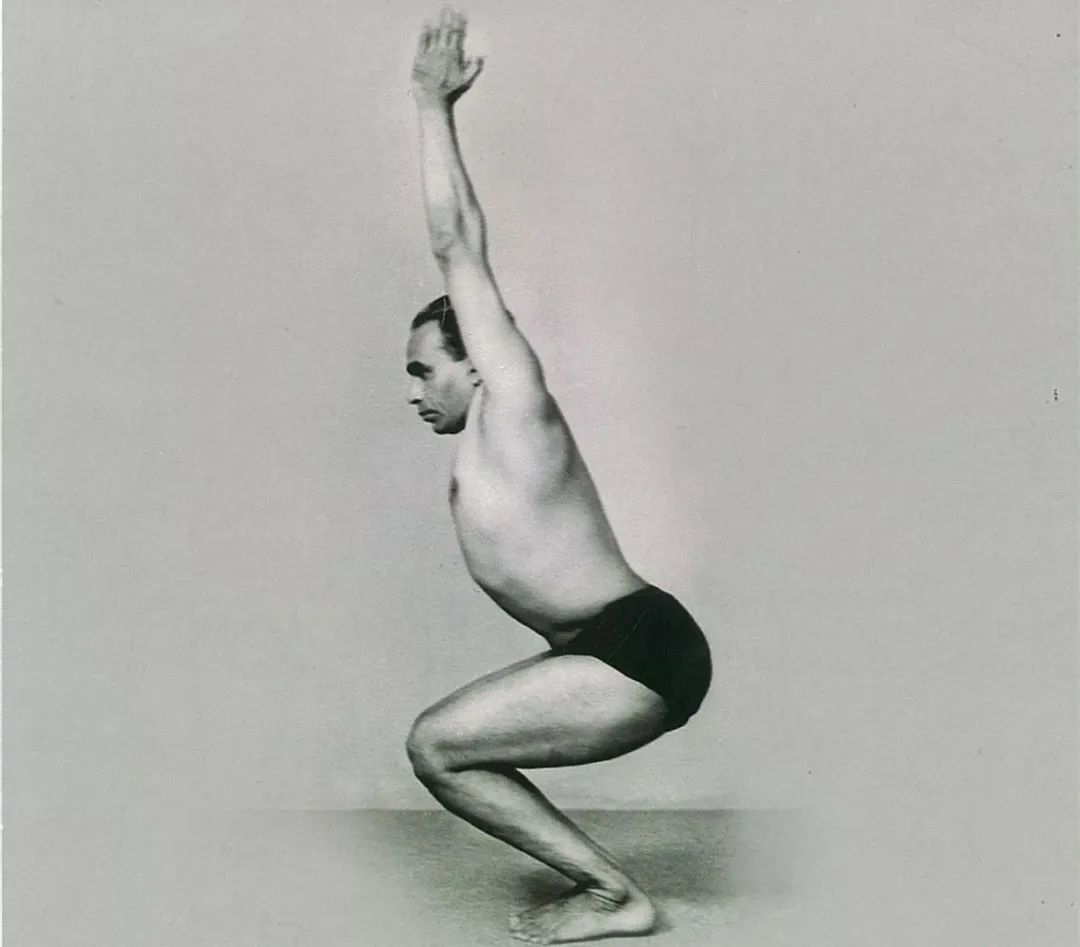I’m too stiff to practice yoga.

This is a sentence we often hear.

However, a coin has two sides.

Compared with people with soft body, rigid people practicing yoga will have many unexpected benefits and even some advantages.

Actually, bones are supposed to be hard, aren’t they? The so-called “bone is very hard” is a kind of muscle stiffness.

The body is very hard.

When you bend down, your hands can only fall below your knees.

This is not only because the body is very hard, but also because of the lack of Qi and blood.

The rigidity of the body is often due to the lack of exercise and the lack of smooth efficiency of Qi and blood, so it will be harder.
Most people’s idea is that yoga is for people with soft muscles and bones to learn, and the ultimate goal is to put their feet on their heads.
Yoga practice does not require practitioners to make difficult and “incredible” movements.
The advantage of yoga practice is that even people with stiff body can start practicing yoga immediately once they have the idea of practicing yoga.
Even if they do not complete the posture 100%, they can also exercise and tighten their body by stimulating relevant parts of the body in the process of hard and focused practice, The effect of weight loss.
In other words, as long as you reach the limit of your body at that time, it will have an effect.
Krishnamacha, the father of modern hada yoga, believes that Yoga means “to touch where we have never reached”.
That’s why yoga is an endless journey.
On this journey, we have to make countless small progress.
At the physiological level, yoga practice can stretch and soften muscles, tendons, ligaments and fascia, and balance muscle tension (we often don’t realize the existence of muscles!), Exercise our sense of balance.
If you complain that your body is too stiff, I will tell you that stiffness is your best friend in yoga practice.
The real obstacle to yoga is lack of awareness, that is, not aware of your breathing and body.
In fact, different degrees of rigidity will bring multiple benefits to your body and mind in practice.
First, rigidity frees us from random thoughts and brings peace to the mind.
Compared with “the body becomes soft”, this is one of the biggest benefits of yoga practice.
Stiffness is the best tool for training concentration, and it is also the gift it brings us.
The awareness we gain in our muscles during stretching helps us become more focused, and this ability can eventually improve our quality of life.
This is a completely different goal than reaching your toes in Paschimottanasana.
In the perception of self body, keep calm and coordination, and then be better aware of the present.
The softer our bodies are, the more we need to adjust our postures to get a sense of stretching and stay focused.
Although the soft body does not experience pain that puts a heavy burden on the nerves, causing fatigue, restlessness, headache or heaviness, they deplete energy; Instead of receiving energy, cells are compressed, which may become a hidden danger of disease.
Moreover, the soft body usually lacks sensitivity and therefore cannot give any feedback to the brain or heart.
A soft body does not trigger the intellect to think about what is wrong and what is right when it completes the asana.
On the contrary, a rigid body has antagonistic forces, forces and reactions, which trigger intelligence to study asanas from the right perspective.
The soft body can easily pose without any internal resistance or reaction.
It’s like if a person is pregnant and his stomach doesn’t respond, people will be afraid if the child is so quiet and dead.
Similarly, asana without resistance is like asana without life, like a fetus dying in the abdomen.
Therefore, when doing asanas or in asanas, we should also interact between body and mind, heart and wisdom.
The body may be moving, but we must respond.
Intelligence should think about the interaction between body and mind Otherwise, the body acts on its own, but does not transmit any information to the heart or intelligence, which will not open the door of intelligence and penetrate inward or outward to the perfection of asana.
Where does the human body harden easily? Some places are too “hard” and are most likely to have problems, such as blood vessels, such as shoulders and neck.
If they get serious, they will die every minute! Vascular sclerosis refers to a series of pathological changes caused by the reduction of blood supply to the brain caused by diffuse atherosclerosis, lumen stenosis and small vessel occlusion.
[principle] many elderly people have different degrees of vascular sclerosis.
Blood vessels are very elastic.
In order to make the blood flow smoothly, the inner wall is very soft.
However, the blood vessels that form arteriosclerosis will thicken and harden, and there will be pimples (porridge like sclerosis nest) on the inner wall, which is due to the bulge caused by the adhesion of cholesterol and platelets.
As a result, the lumen of blood vessels narrows, making the blood circulation not smooth.
If it continues to deteriorate, it will be completely blocked.
【 symptoms 】 for patients with early arteriosclerosis, most patients have almost no clinical symptoms; For patients with arteriosclerosis in the middle stage, most patients have more or less palpitations, chest pain, chest tightness, headache, dizziness, numbness in the limbs, laziness in the limbs, claudication.
Please pay attention to the cupping ring.
All kinds of unique skills of traditional Chinese medicine are here.
Clinical symptoms such as decreased vision, memory, insomnia and dreaminess.
[harm] i.
sudden death arteriosclerosis is nothing different in daily life.
Some friends even think that this disease is no big deal.
In fact, this is only an indication of the latent period of arteriosclerosis.
When arteriosclerosis breaks out, it may even lead to sudden death..

